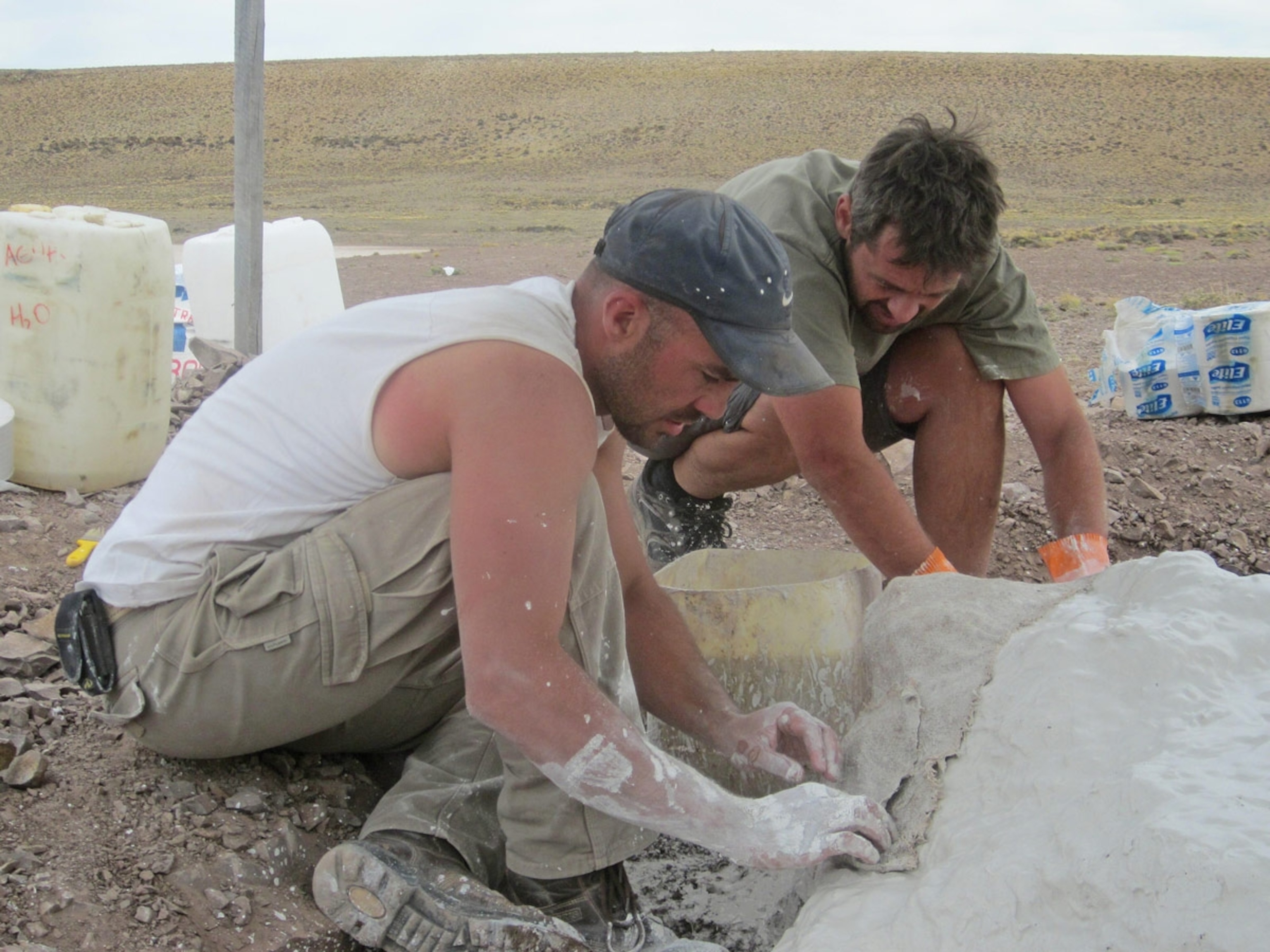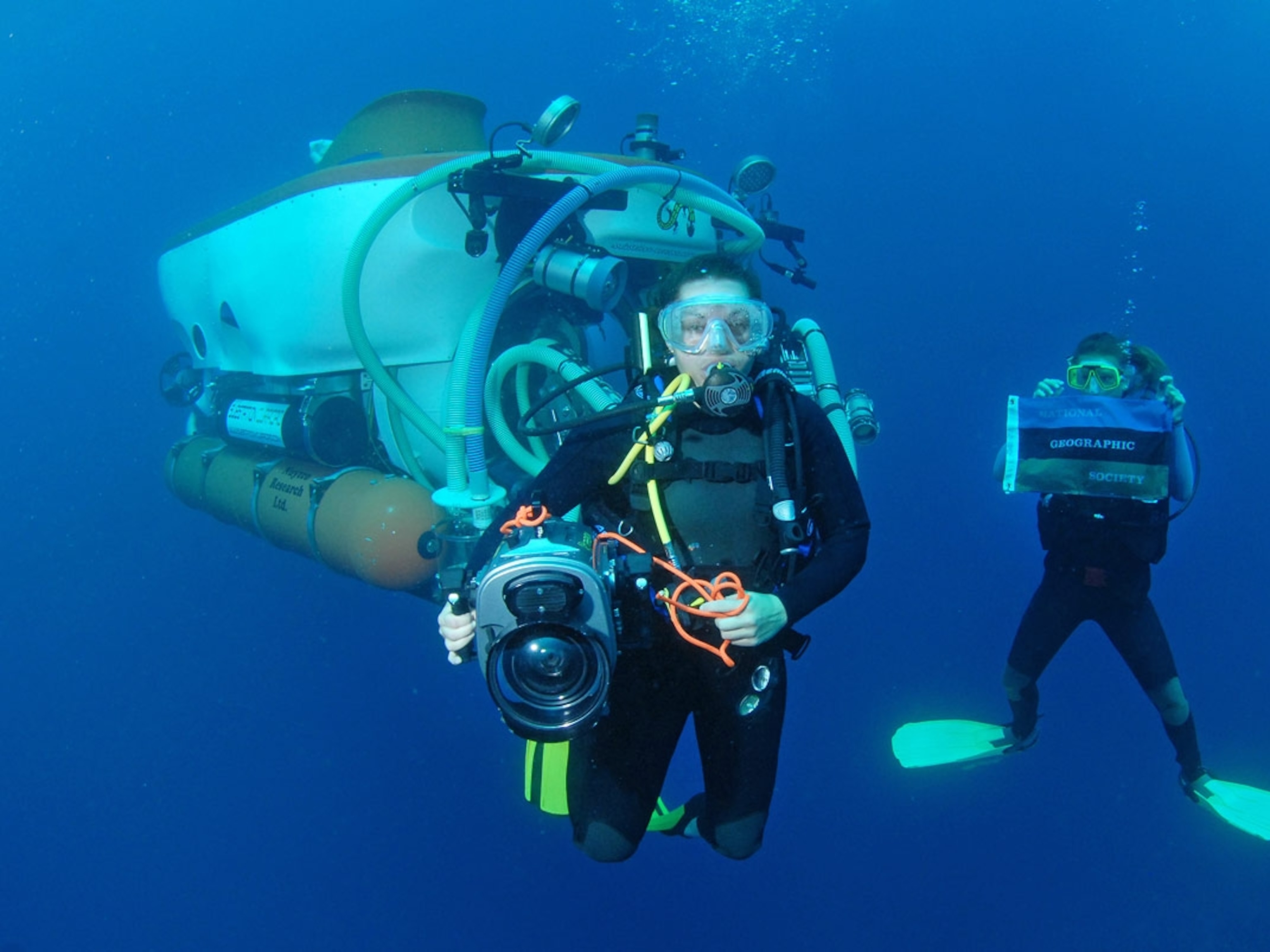
Raising an Explorer: Diego Pol
The National Geographic Explorer and paleontologist gives his tips on inspiring children to explore.
NATIONAL GEOGRAPHIC FAMILY: How did you explore as a child?

DIEGO POL: For the first five years of my life, I grew up in a small town in central Argentina where I had lots of nature around. I was able to walk out and see frogs and snakes and bugs. Then I moved to Buenos Aires. I missed being out in nature, so I found it in parks. I remember reading about animals in Africa. I went outside and I didn’t see any giraffes or lions, and I wanted to understand why they aren’t here, and what species are here? And I remember feeling that I might be on the verge of discovering something really cool.
NGF: Why do you think it’s important for children to explore?
POL: I think it’s part of being curious. Exploring just for the sake of exploring is fun, and it prompts kids to understand and discover what’s around. The only difference between scientific exploration and the exploration I did as a kid is having a question behind it. What’s left to be discovered? Can kids discover anything in their backyards? Do we know all the species? Here’s where questions can help. Parents and kids can engage in scientific exploration by asking and trying to answer questions.
Pol’s tips on inspiring children to explore
Go on a nature treasure hunt. If the child is very small, it could be as simple as, “Find five plants that look different from each other.” That’s basic species recognition and biodiversity assessment, even at four years old.
Play animal bingo. Find a list of species in your area, then go out and see how many you can spot each season. Prompt exploration by asking questions like, “Why don’t I see that type of bird in winter?” The kid immediately will start asking themselves questions. Is it because the birds went somewhere else? Do they die in winter and are born in the spring, like many bugs?
Find an app for that. A few years ago, I told my daughter, “Let’s use the phone, but not for Instagram.” We downloaded a couple of citizen science apps, including iNaturalist, which was developed in part by National Geographic. (For children under 13, try the kid-friendly Seek app.) You can take a picture of any bug or plant, and the app will guess what it might be and send it to a scientific database. Another great app is eBird, which bird-watchers can use to give scientists a much better idea of what species live in which areas in different seasons. These are wonderful way for kids to understand how many species are near where they live.
Map out “green spots.” These are online satellite images that show where nature spots are, and it’s basically what many animals and birds do—they see a green spot or a lake, and they go down. You can do that online and come up with places to explore. That’s pretty much what we do, too, as explorers. We don't explore blindly. We do searches, we identify places, and we go there.




